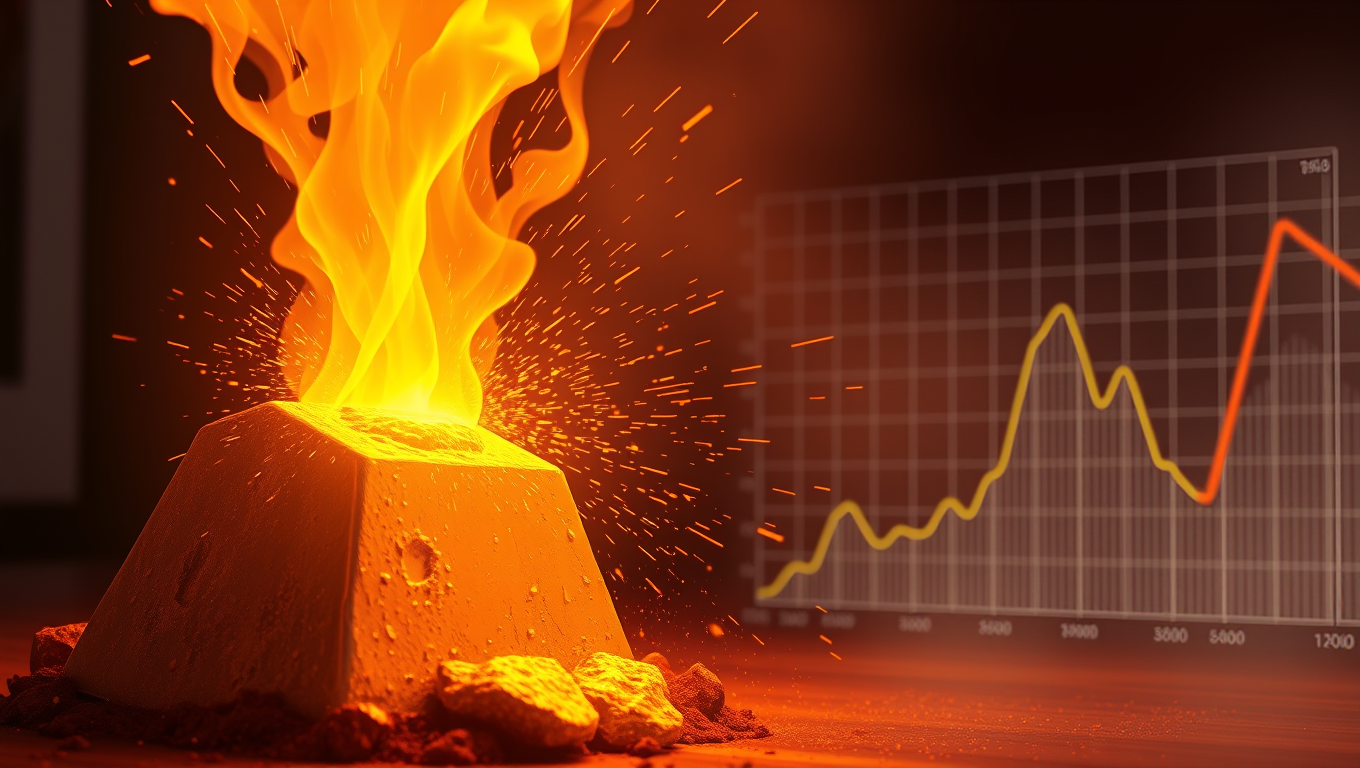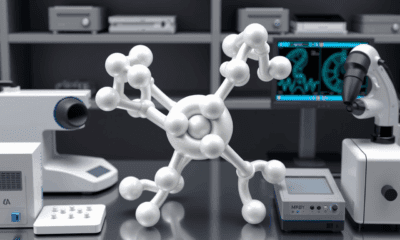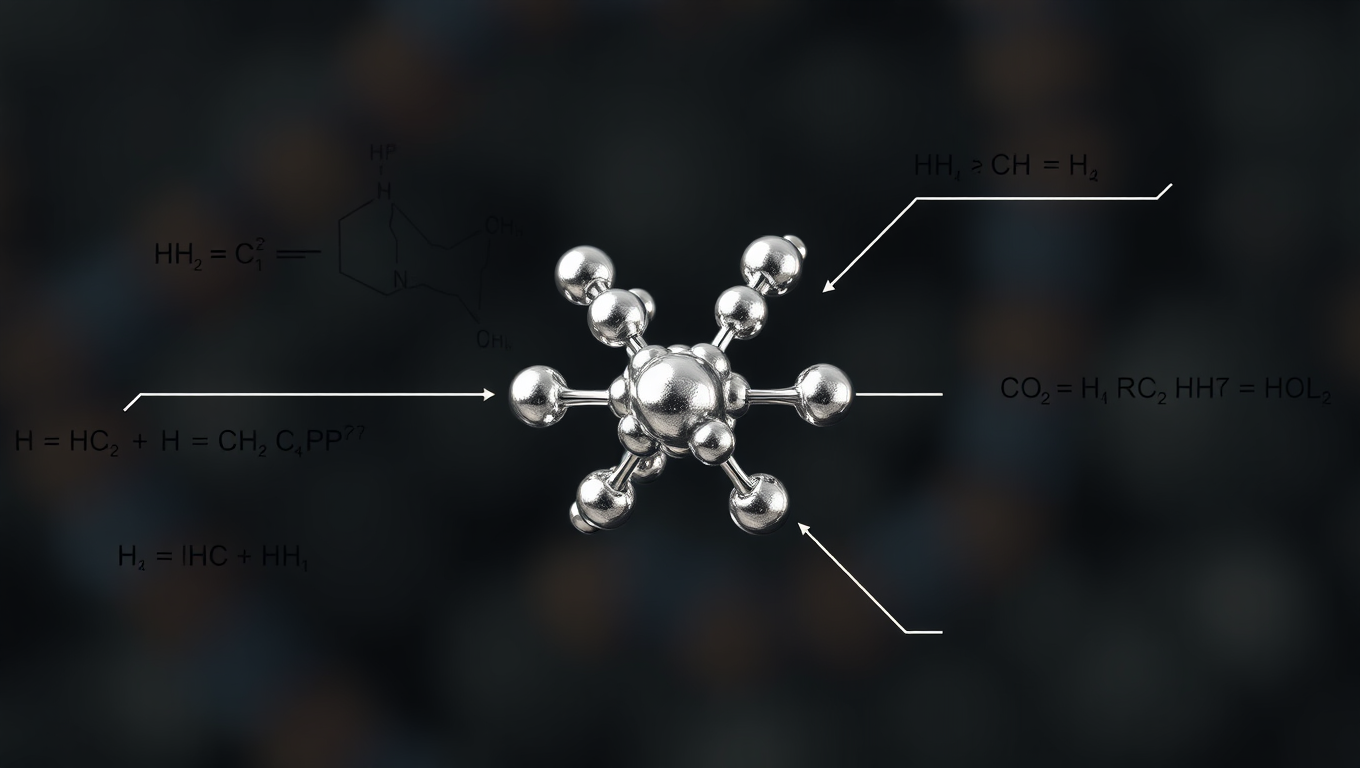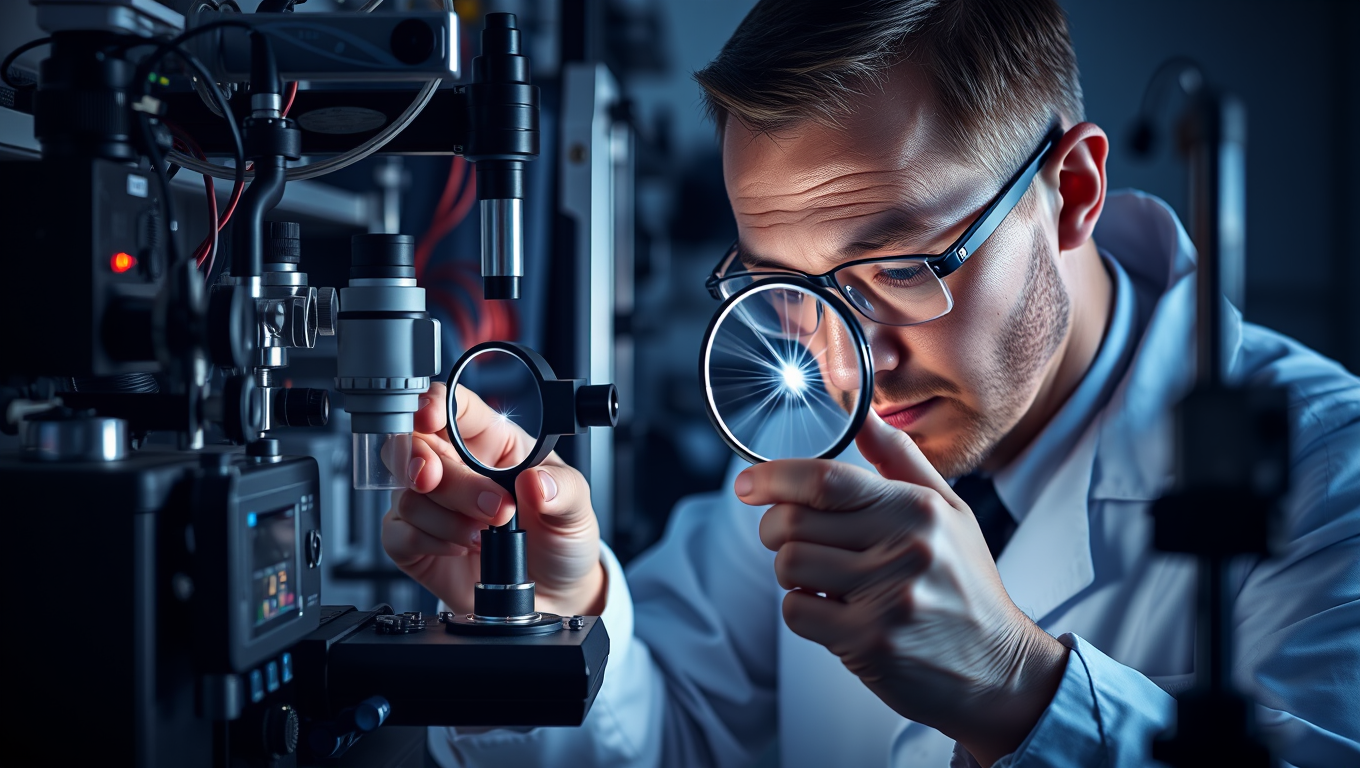While we try to keep things accurate, this content is part of an ongoing experiment and may not always be reliable.
Please double-check important details — we’re not responsible for how the information is used.
Materials Science
Breaking the Limit: Scientists Heat Gold to Record-Breaking 19,000 Kelvin, Defying Long-Held Theoretical Limits
Physicists have heated gold to over 19,000 Kelvin, more than 14 times its melting point, without melting it, smashing the long-standing “entropy catastrophe” limit. Using an ultra-fast laser pulse at SLAC’s Linac Coherent Light Source, they kept the gold crystalline at extreme heat, opening new frontiers in high-energy-density physics, fusion research, and planetary science.

Computer Modeling
Unveiling the Hidden Power of Quantum Computers: Scientists Discover Forgotten Particle that Could Unlock Universal Computation
Scientists may have uncovered the missing piece of quantum computing by reviving a particle once dismissed as useless. This particle, called the neglecton, could give fragile quantum systems the full power they need by working alongside Ising anyons. What was once considered mathematical waste may now hold the key to building universal quantum computers, turning discarded theory into a pathway toward the future of technology.
Biochemistry
Shape-Shifting Catalysts: Revolutionizing Green Chemistry with a Single Atom
A team in Milan has developed a first-of-its-kind single-atom catalyst that acts like a molecular switch, enabling cleaner, more adaptable chemical reactions. Stable, recyclable, and eco-friendly, it marks a major step toward programmable sustainable chemistry.
Chemistry
Scientists Confirm a Fundamental Quantum Rule for the First Time
Scientists have, for the first time, experimentally proven that angular momentum is conserved even when a single photon splits into two, pushing quantum physics to its most fundamental limits. Using ultra-precise equipment, the team captured this elusive process—comparable to finding a needle in a haystack—confirming a cornerstone law of nature at the photon level.
-

 Detectors7 months ago
Detectors7 months agoA New Horizon for Vision: How Gold Nanoparticles May Restore People’s Sight
-

 Earth & Climate9 months ago
Earth & Climate9 months agoRetiring Abroad Can Be Lonely Business
-

 Cancer8 months ago
Cancer8 months agoRevolutionizing Quantum Communication: Direct Connections Between Multiple Processors
-

 Albert Einstein9 months ago
Albert Einstein9 months agoHarnessing Water Waves: A Breakthrough in Controlling Floating Objects
-

 Earth & Climate8 months ago
Earth & Climate8 months agoHousehold Electricity Three Times More Expensive Than Upcoming ‘Eco-Friendly’ Aviation E-Fuels, Study Reveals
-

 Diseases and Conditions9 months ago
Diseases and Conditions9 months agoReducing Falls Among Elderly Women with Polypharmacy through Exercise Intervention
-

 Chemistry8 months ago
Chemistry8 months ago“Unveiling Hidden Patterns: A New Twist on Interference Phenomena”
-

 Agriculture and Food8 months ago
Agriculture and Food8 months ago“A Sustainable Solution: Researchers Create Hybrid Cheese with 25% Pea Protein”





























